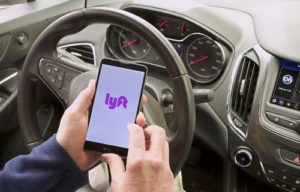
Was it simply an “act of God” from the elements, or could someone be found negligent? As victims strive to make things right through insurance claims or litigation, unraveling liability becomes paramount.
Let’s take a look at how Louisiana courts assess various factors like speed limits, road conditions, traffic signals, warning signs, and more. From snow squalls to flash flooding, gain insight into how legal outcomes may differ and how a Lafayette car accident lawyer can help.
Determining Fault Can Be a Big Challenge
Attempting to determine fault is complicated when both drivers involved in the accident were driving at an appropriate speed and following traffic laws but still could not avoid a collision due to the poor weather conditions.
In such cases, it is not uncommon for both drivers to share some degree of responsibility. Further, a third party might also be partially liable for the accident due to their negligence. For example, if a municipality fails to maintain roadways or traffic signals, this could lead to liability.
The presence of this third party adds another layer of complexity when determining fault, as their negligence may have played a role in causing the accident. In these instances, further investigation is necessary to identify all parties responsible and accurately allocate fault accordingly.


Laborde Earles injury was great for me they took care of me very fast and professional. If for any reason I need legal help they will be who I use.
ClientDetermining Fault in a Weather-Related Car Accident
Here are some key factors that insurance companies and courts consider when determining liability in car accidents caused by bad weather:
- Driving too fast for conditions: If a driver was traveling at a speed deemed unsafe given low visibility, heavy rain/snow, etc., they may be found partially at fault.
- Failing to control the vehicle: Drivers must maintain control of their car at all times and are responsible if they lose control due to weather and hit another vehicle.
- Failing to allow adequate following distance: In bad weather, drivers need more space between cars to safely stop, so tailgating can indicate partial responsibility.
- Driving with unsafe or underinflated tires: Having poor tread or tires not suited for weather (e.g., summer vs. winter tires) may point to negligence.
- Ignoring weather warnings: Courts examine if drivers proceeded with caution, knowing a storm was approaching or conditions were hazardous.
- Sudden/freak weather events: Blinding rains, fast-forming black ice, and flash floods may suggest no party could reasonably avoid an accident.
- Road conditions: Jurisdictions may assume partial liability for failing to adequately treat roads after storms or post appropriate signage to warn drivers about lingering hazards like ice, flooding, high winds, or debris on roadways.
- Witness testimony: Independent accounts help determine factors like speed, visibility, road conditions, and prudent driving conduct.
The specific weather, road hazards present, and driver behaviors all get weighed to assign degrees of fault as partially negligent or non-negligent. Comparative fault principles apply in most jurisdictions. A Lafayette personal injury attorney can help shield you from allegations of liability and protect your claim.
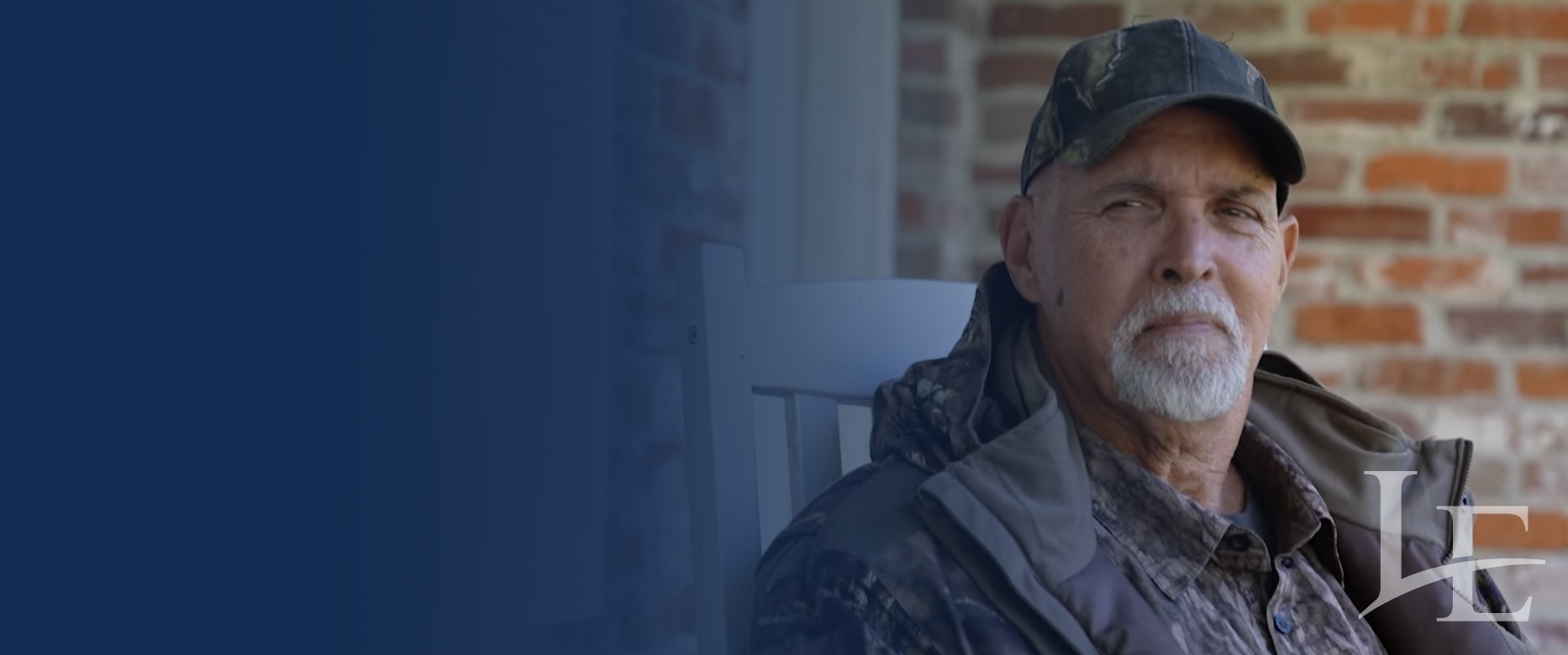

I thank God for Digger & David. I don’t know what we would have done if it hadn’t have been for them.
Rick Smith | ClientDuty of Care in Poor Visibility Conditions
Driving in poor visibility conditions significantly increases the risk of accidents due to reduced sightlines and reaction time. Negligence can, therefore, have severe consequences. It is crucial for drivers to recognize their duty of care and take appropriate precautions when faced with adverse weather.
Slow Down and Drive Cautiously
The most important guideline is to slow down speed and drive cautiously. Speeding exacerbates the risks of losing control or the inability to stop in time. Reducing speed and following distances enhances reaction time and vehicle control in unpredictable situations.
Remain Vigilant
It is also crucial for drivers to remain vigilant of their surroundings, anticipating mistakes from others due to reduced visibility. This awareness allows drivers to adjust accordingly and avoid potential accidents caused by negligence or lack of caution from other motorists.
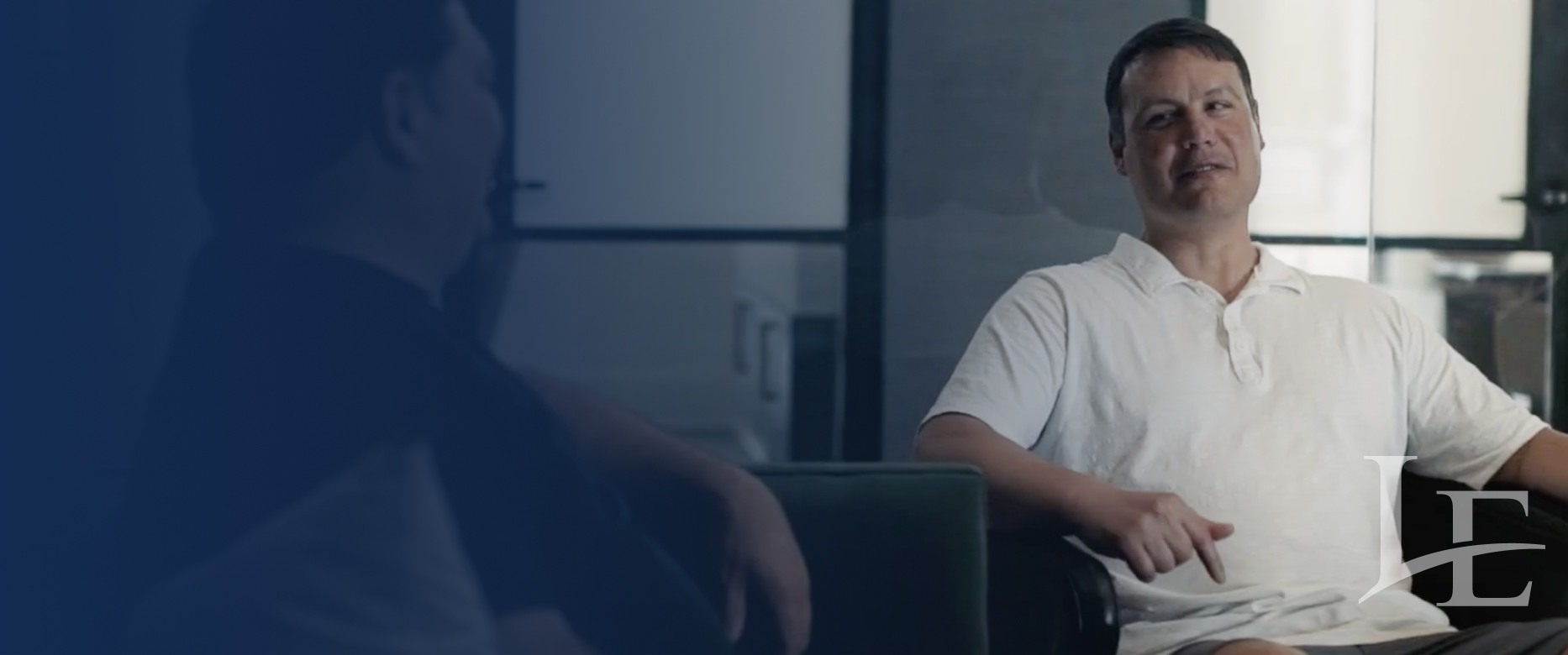
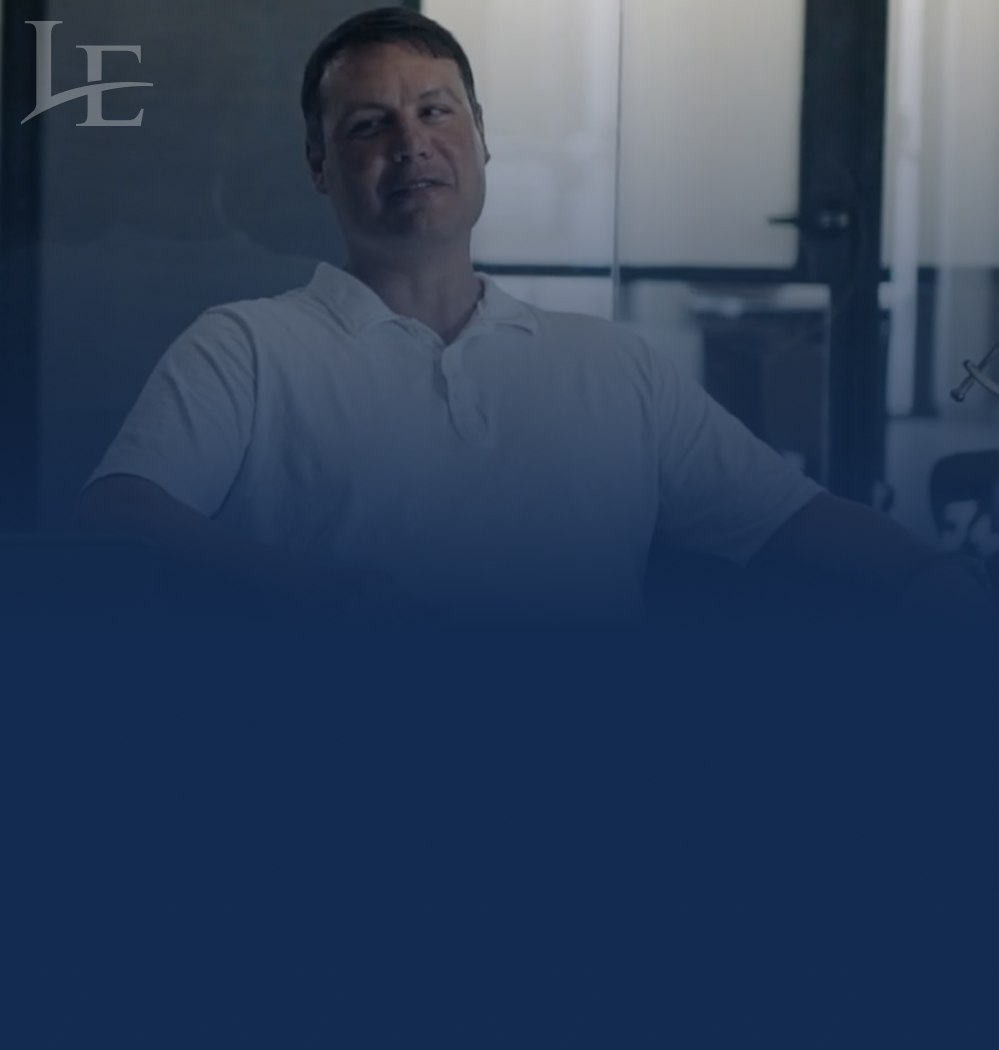
The reassurance from Digger and his staff gave me that renewed hope that it’s going to be okay down the road.
ClientSteps to Take for Driving Safely in Inclement Weather
Use Low Beams
Use low-beam headlights instead of high beams so as not to blind other drivers or miss hazards reflected in the glare. High beams reduce visibility for oncoming traffic.
Increase the Following Distance
Maintain an extended following distance of at least 4-5 seconds behind the vehicle ahead in case they suddenly stop or change lanes. This allows more reaction time.
Don’t Rush Passing Vehicles
Only pass other cars when you can clearly see far enough ahead to safely complete the maneuver without obstructing traffic.
Watch for Emergency Flashes
Pay attention and slow down immediately if emergency or hazard lights are seen ahead through the fog or snow flurries since an accident may be blocking the lanes up ahead.
Activate Hazards in Severe Weather
Turn on four-way flashers if visibility drops drastically to warn others that conditions are poor, especially during snowstorms or heavy rain.
Pull Over if Needed
Stop completely if unable to see well enough to proceed safely. Park your vehicle completely off travel lanes and wait for conditions to improve before continuing.
Safety should be the top priority in low visibility, requiring reduced speed and increased caution from attentive drivers.
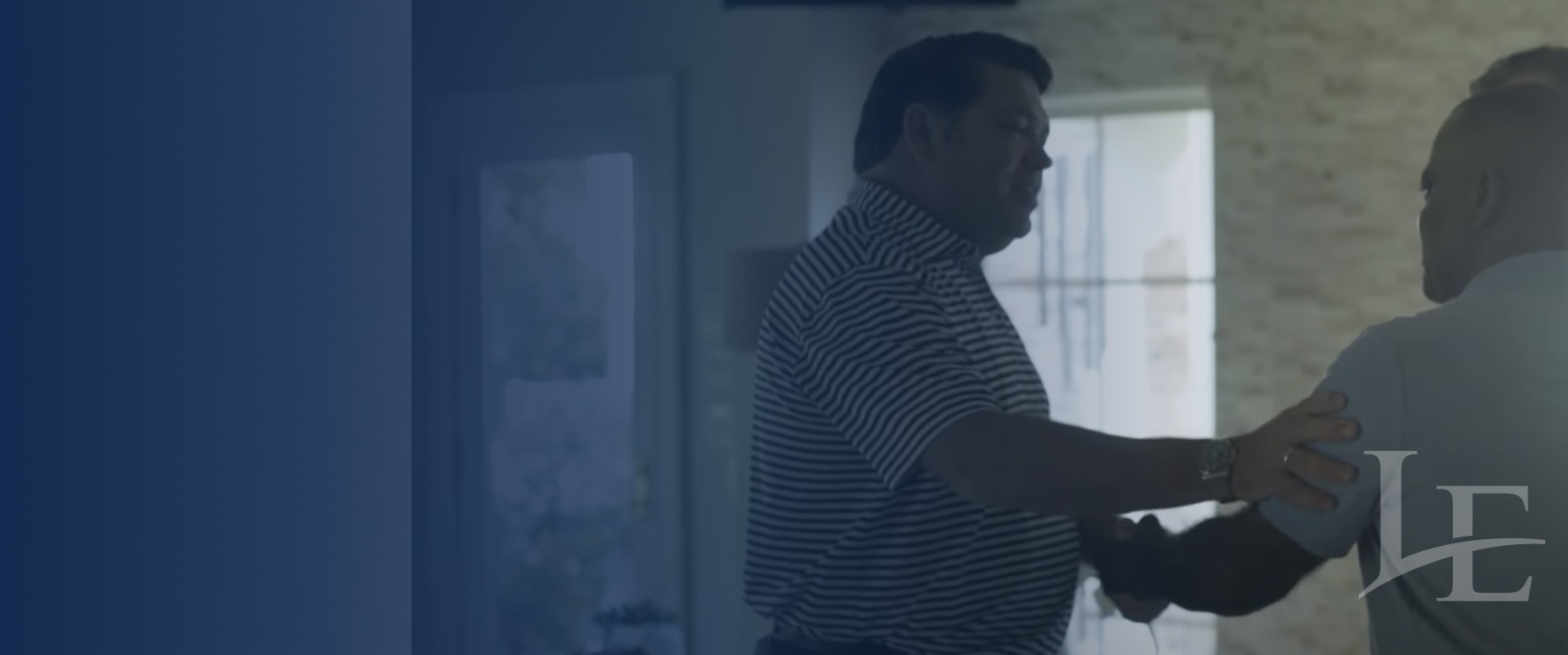
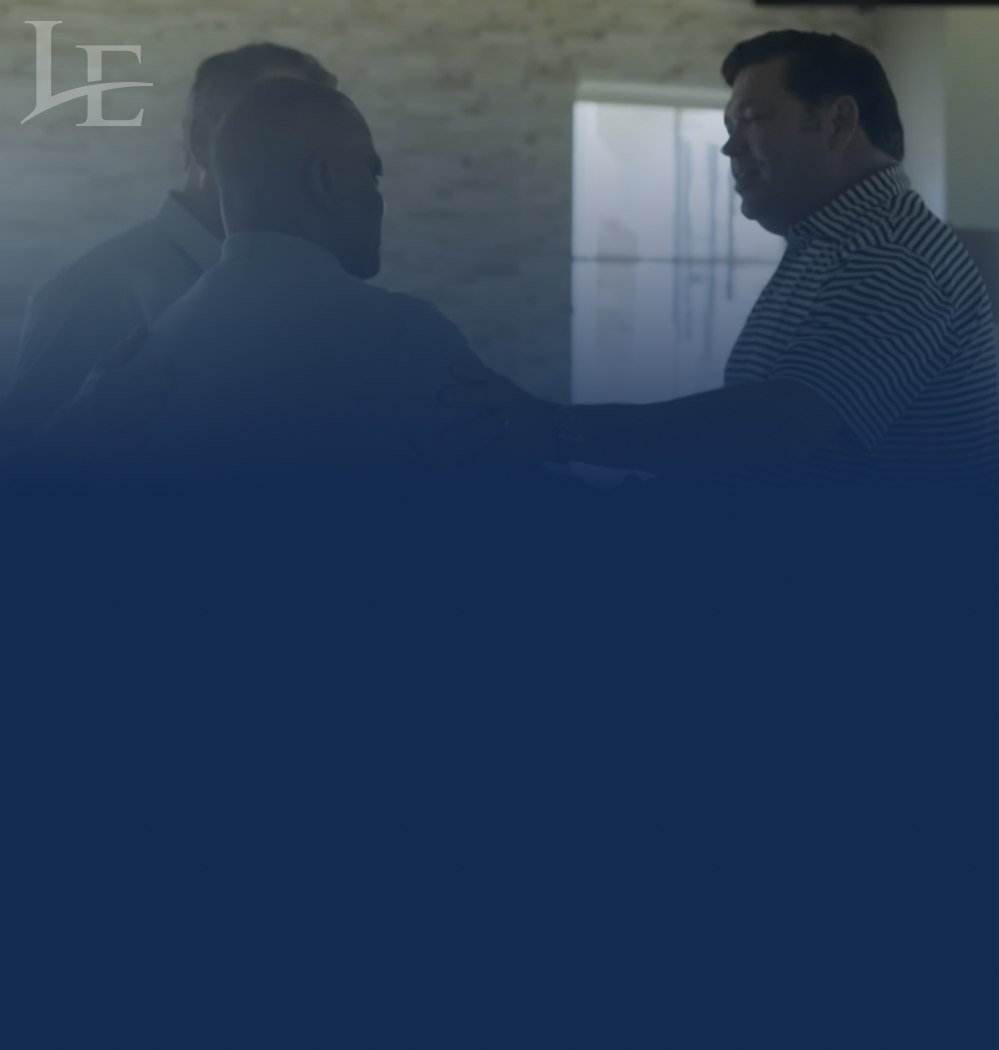
They treated us like no other people would. Whenever we needed something they were there for us. I put my trust in them and I don’t regret it.
ClientContact a Car Accident Law Firm for a Free Case Evaluation
Determining fault in weather-related car accidents can involve many complex factors. When poor driving conditions play a role, more than one party may share responsibility depending on their actions.
Louisiana law scrutinizes various issues like speeds, roadway maintenance, and more to assign liability. If you have been involved in an accident made worse by inclement weather, consulting with an experienced attorney is advised.
The team at Laborde Earles understands the unique challenges these cases present. We would be happy to meet with you confidentially and offer our insight into how to best achieve a fair outcome. Contact us today for a free consultation.


